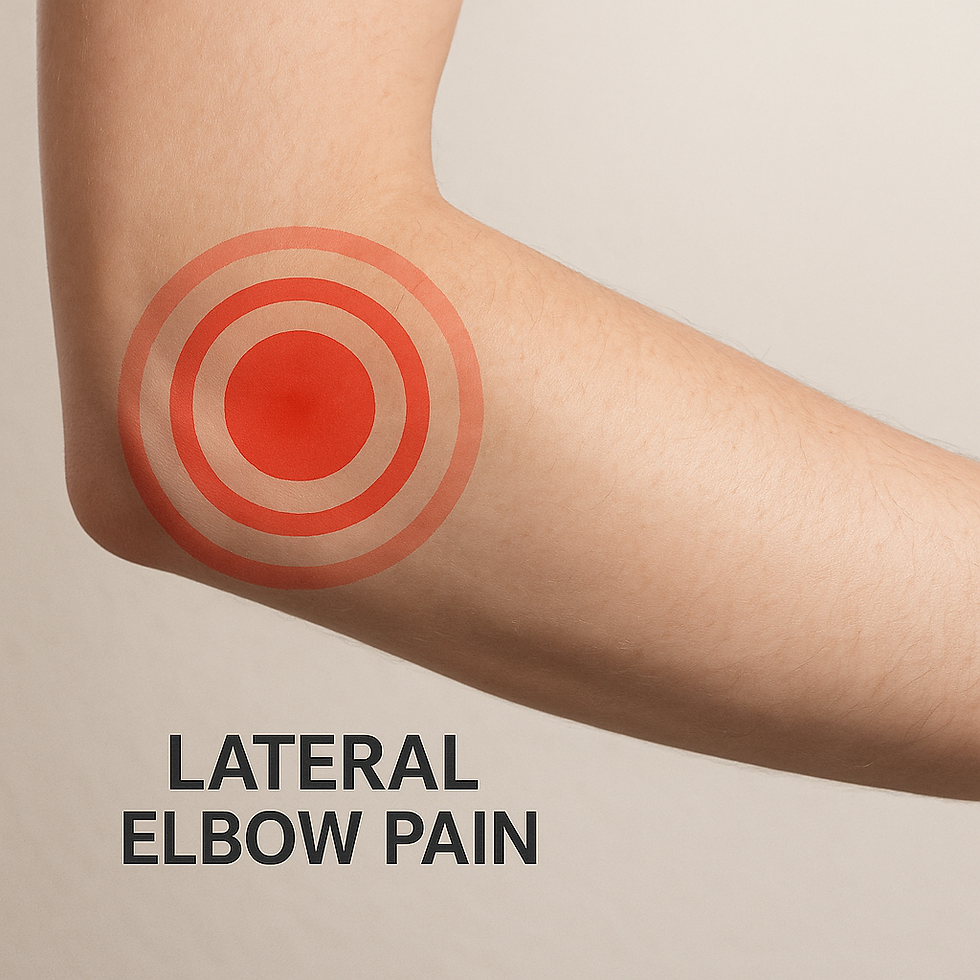Plantar Fasciitis: Foot Pain from Hell
- Will

- Nov 16, 2022
- 3 min read
Updated: Apr 29
Foot pain is no fun. As your only means of conveyance (unless you're really good at handstand walks), any type of pain in your left or right wheel can have a full on, systemic effect.
Plantar Fasciitis is one of the many things that can go awry in the foot and its associated tissues.
So, let's cover what the plantar fascia is first, discuss why that specific tissue is prone to getting spicy and then tips & tricks you can try out at home before you seek out some help from Southeast Physical Therapy in Roswell, GA.
What is the plantar fascia?

The plantar fascia is a thick sheet of connective tissue that runs from the front of the heel bone to the ball of the foot. The purpose is to create a dynamic platform can transform easily from loose/mobile to rigid and back with ease. This ease of transition from loose to rigid and back allows you to manage forces being produced, as well as, absorbed during general life and exercise. The plantar fascia interfaces with adjacent tissues (tendons, muscles, ligaments, etc.) acting as a sort-of spring when functioning appropriately.
One of the fascinating things about the fascial system of the leg is that you have fascial connections/lines that can be traced from the tips of your toes all the way to approximately mid-hamstring. There's quite a bit of overlap and redundancy in the system.
What is plantar fasciitis?

Plantar fasciitis symptoms can vary but typically the common complaint is intense pain & foot stiffness in the arch closer to the heel upon standing first thing in the morning and often the first 20 steps will be extremely tender/painful as well.
Some patients report a sensation of "fatigue/tiredness" in the feet as though they're worn out and overworked. Others have described it as "walking around with a board nailed to their feet" - like there is no give to the foot & arch.
Sometimes general foot pain gets the garbage can/catchall diagnosis of "plantar fasciitis" which is incorrect. Calf/achilles pain can present like plantar fascia issues and certain muscles in the foot can become dysfunctional and refer pain into the heel as well.
What can precipitate into this?
Plantar fasciitis, like most body aches and pains, does not occur spontaneously. Tissue does not go nuclear without some form of suboptimal movement pattern, poor load management strategy or some combination thereof.
Potential contributors to your symptoms can be any combination of the following:
Foot Stiffness (video below)
Big Toe Stiffness (video below)
Calf Tightness (video below)
Hamstring Tightness
Weak Feet
Weak Hips
Weak Calves
Overstriding while running
If you know you're tight, work on it. It's low hanging fruit and easy to address before seeking out professional assistance. If you're already working on tightness and symptoms aren't going away, then get a professional involved.
Tips & Tricks - More Low Hanging Fruit
Get out of sandals! Don't retire them just limit how many hours you're wearing them throughout the day.
New shoes! Sometimes a little retail therapy in the form of some new shoes can do wonders for helping out a sore foot. The amount of hours/miles you're putting into a pair of shoes dictates how quickly you'll have to swap them out for a new pair. Certain manufacturers say somewhere between 300-500 miles is typical for running shoes. I've never seen anything specific regarding more hybrid shoes intended for general lifting, CrossFit, etc.
With those styles of shoes, I tend to pay more attention to wear patterns on the soles - are you wearing evenly throughout the whole sole or are there edges that are wearing out unevenly? Do you feel like your foot stays over the sole of the shoe or is there excessive play - meaning does your foot slide around within the toe box when you're lifting, running, biking, jumping, etc.?
If you have a big wide foot like me, Nike is not a good brand to wear. Good looking shoe? Yes. But they're poorly designed in regard to the foams used in their construction and notoriously narrow - a wide foot is going to spill out of the toe box and hang over the edges of thesole. This can create issues with how your foot interacts with the ground and ultimately lead to problems. I really like Reebok for their Nano, it does really well in holding up to the demands of CrossFit and other styles of training for a long time. They're not really ideal to run in beyond 400m but they provide a nice, stable platform for when you're lifting and jumping.












Comments